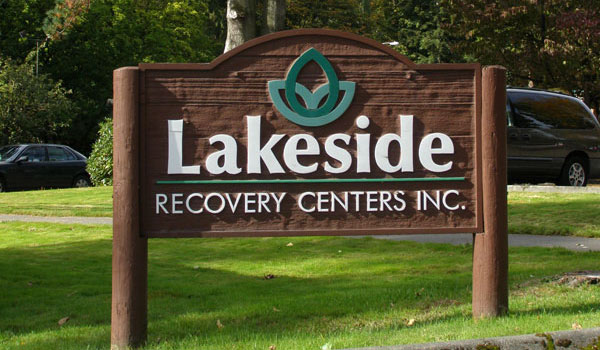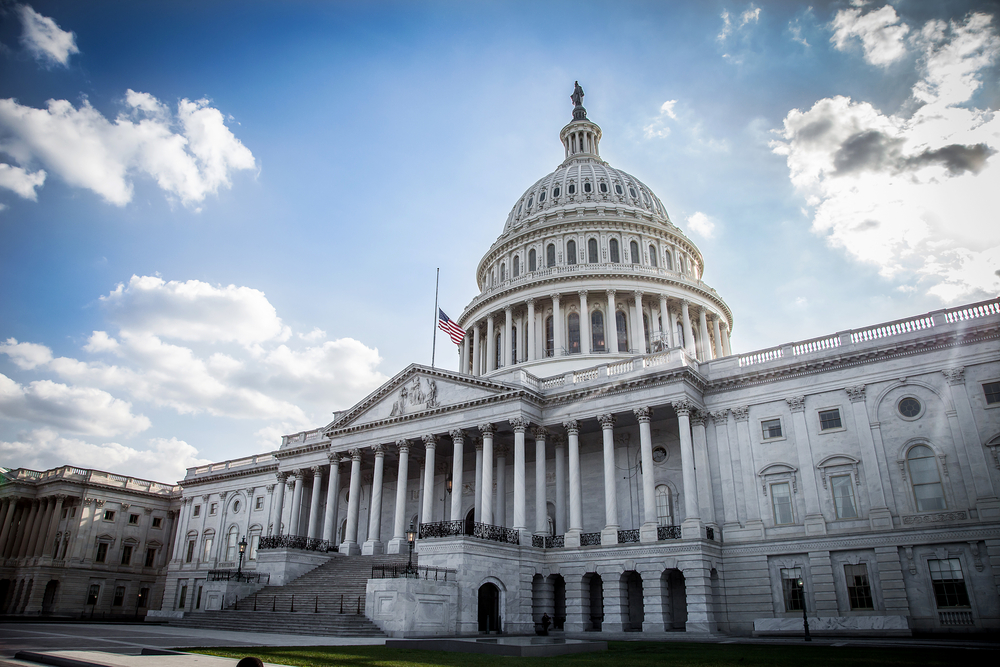The Consolidation Appropriations Act of 2023 removed the federal X-waiver: a restriction on clinician use of buprenorphine for the treatment of opioid addiction. In January, the Drug Enforcement Agency (DEA) released a statement on the change, saying that “we want medication for opioid use disorder to be readily and safely available to anyone in the country who needs it. The elimination of the X-waiver will increase access to buprenorphine for those in need.”
While the addiction treatment community celebrates this milestone, its leaders urge patients to seek care that combines medication therapy with evidence-based psychotherapeutic services for improved results.
Understanding the X-Waiver (DATA Waiver) Change
Section 1262 of the Omnibus bill removes the requirement for healthcare practitioners to have a waiver before prescribing medications like buprenorphine for opioid use disorder. Previously, clinicians had to file a Notice of Intent, or waiver application, before dispensing medication to those with OUD. Even after approval, clinicians had to adhere to limitations in the number of patients treated with buprenorphine.
Today, all practitioners with DEA registrations and Schedule III authority can prescribe this drug for the treatment of opioid dependence, if permitted by state authorities. The DEA and the Substance Abuse and Mental Health Services Administration (SAMHSA) are working to compile training requirements. However, they are not expected to roll out until June 2023.
Effective Treatment for Opioid Use Disorder
In its policy brief on opioid use disorder, the National Institute on Drug Abuse specifies that while drugs like buprenorphine are “essential medicines,” they “should be combined with behavioral counseling for a whole-patient approach.” This blend of therapy and medication is called medication-assisted treatment, or MAT.
The effect is complementary. According to a study published in the Cochrane Database of Systematic Reviews, prescribing medication increases clients’ social functioning, engagement, and retention in treatment. Patients receiving MAT were more likely to remain enrolled in therapy and avoid overdose than their unmedicated counterparts.
Conversely, experts say participating in a therapeutic program is crucial for relapse prevention. Working with a professional empowers clients to unpack the issues fueling their addictions. Opioid use disorder is often connected to trauma, chronic pain, and mental illnesses like depression and anxiety. Leaving these concerns unaddressed increases the possibility of relapse, while confronting them head-on lays the groundwork for lasting recovery. Counseling offers an opportunity to treat the whole patient: mentally and physically. Centers like Lakeside-Milam offer a specialized, person-centered approach to the treatment of addiction.
Buprenorphine and Therapy in Washington State
Lakeside-Milam offers medication-assisted treatment for residents of the Pacific Northwest and Alaska. Our proven approach combines one-on-one therapy, group support, and FDA-approved medications for the successful resolution of opioid use disorder. We highly recommend MAT for those dependent on heroin, Percocet, Vicodin, fentanyl, OxyContin, and other opiates.
With more than 100,000 clean and sober alumni, Lakeside-Milam Recovery Centers has a rich history of time-tested treatment. Our expert clinicians are standing by to offer empathetic support and life-changing care to anyone struggling with opioid use disorder. Contact our toll-free admissions line to learn more about the efficacy of buprenorphine and psychotherapy.






